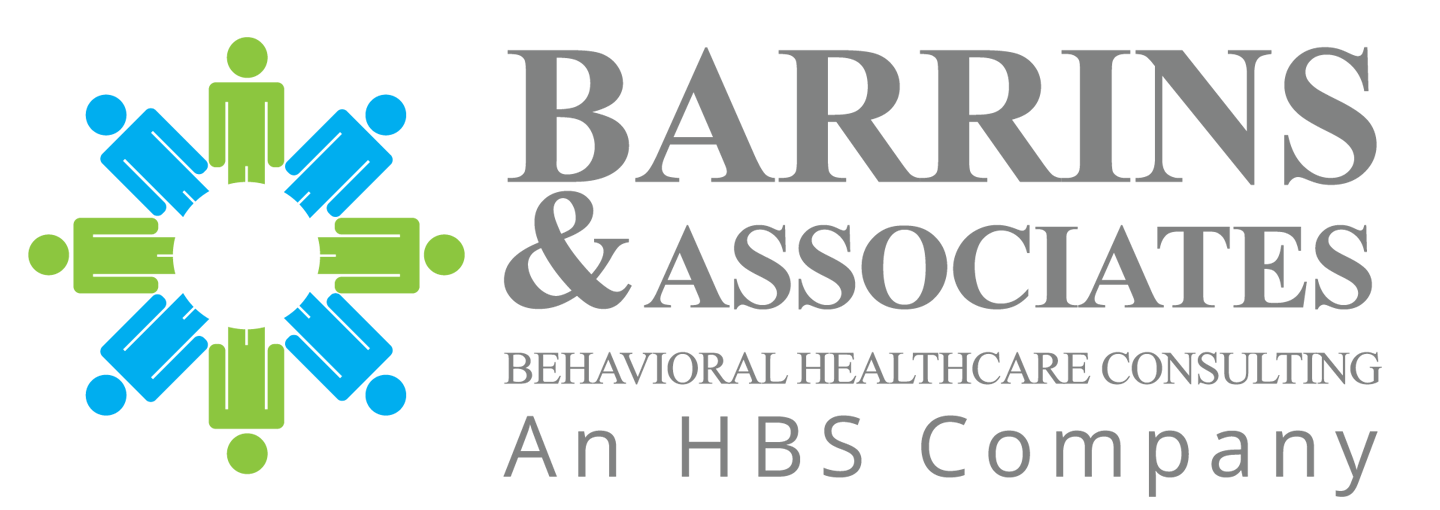When it comes to governing a psychiatric hospital’s medical staff, structure, clarity, and accountability are not just important—they’re required. The Joint Commission (TJC) Standard MS.01.01.01 outlines critical expectations for Medical Staff Bylaws, ensuring that physicians and licensed practitioners operate under a well-defined framework that upholds clinical quality, safety, and professional accountability.
In this post, we’ll walk through what this standard entails, what your bylaws must include, what can live in rules or policies, and what surveyors will look for.
Why Medical Staff Bylaws Matter
The medical staff bylaws provide the legal and functional foundation for your medical staff’s organization, decision-making processes, and the granting, suspending, or removal of clinical privileges. They establish self-governance, while making the medical staff accountable to the psychiatric hospital’s governing body—a critical balance recognized and required by The Joint Commission.
What the Joint Commission Requires (MS.01.01.01)
Standard MS.01.01.01 requires that the organized medical staff:
- Develops, adopts, and amends its own bylaws, rules and regulations, and policies.
- Submits bylaws for approval to the governing body, which must approve them before they become effective.
This ensures that the medical staff retains self-governance, while aligning with the psychiatric hospital’s overall leadership structure.
Elements That Must Be in the Medical Staff Bylaws
Some topics must be addressed directly in the bylaws themselves – not just in policies or rules/regulations. These include:
Structure & Leadership
- Structure of the medical staff and the qualifications for appointment
- Categories of membership and the duties/prerogatives for each category
- Process for electing or removing officers and Medical Executive Committee (MEC) members
- List of officer positions and MEC roles, size, and authority
Credentialing & Privileging
- Qualifications and processes for appointment, reappointment, credentialing, and privileging
- How temporary privileges are granted
- Time frames for action on completed privilege applications
Accountability & Due Process
- Indicators and processes for suspension or termination of membership or privileges (automatic, summary, and recommended)
- Fair hearing and appeal processes, including hearing committee composition
- Clear articulation of the MEC’s role between meetings
Other Key Requirements
- Requirements for H&Ps, including timing – within 30 days before or 24 hours after admission
- Identification of voting members
- Allowance for a streamlined assessment in outpatient procedural areas where providers use anesthesia
- Process to opt out of a unified medical staff structure in multi-hospital systems
What Can Be in Rules & Policies Instead
Some components can be detailed in rules, regulations, or policies, rather than the bylaws, such as:
- Specific procedures for Focused and Ongoing Professional Practice Evaluation (FPPE/OPPE)
- Detailed steps for managing clinical performance concerns
- Day-to-day clinical documentation standards
- Disaster privileging procedures (per EM.12.02.03)
However, even if they live outside the bylaws, your bylaws must reference how these processes are adopted or amended.
Survey Readiness: What TJC Will Be Looking For
When surveyors assess compliance with MS.01.01.01, they’ll look for:
- Evidence that the medical staff actively engages in the development and amendment of its bylaws
- Governing body approval of the most recent bylaws version
- Consistency between what’s written and what’s practiced
- Up-to-date processes for appointment, privileging, fair hearings, and officer elections
- Alignment between bylaws and other standards like:
- MS.02.01.01 – MEC recommendations to the governing body
- MS.06.01.03 – Credentialing process
- MS.10.01.01 – Appeal mechanisms
They may also interview medical staff leadership and MEC members to confirm their understanding of the bylaws and their roles.
Best Practices for Medical Staff Bylaws Management
- Review and update bylaws—at least every two years or when major changes occur
- Involve both legal counsel and clinical leadership in revisions
- Maintain a version-controlled repository of bylaws, rules, and related policies
- Ensure clear alignment across bylaws, credentialing files, and practitioner rosters
- Educate your medical staff on what the bylaws say—especially those serving in leadership roles
The Bottom Line
Joint Commission’s expectations around Medical Staff Bylaws aren’t just bureaucratic—they reflect the critical role of physicians in ensuring safe, high-quality care. These bylaws define how authority is shared, how privileges are granted and removed, and how medical professionals are held accountable.
Whether you’re preparing for a survey or doing a strategic refresh, ensuring your bylaws are compliant, current, and clinically relevant is one of the most important things you can do to protect your organization and empower your medical staff.
Barrins & Associates
Partner with Barrins & Associates today and ensure your Medical Staff Bylaws are strategic and compliant.
Barrins & Associates – “Navigating Regulations & Accreditations Made Stress-Free with Our Expert Support!”


